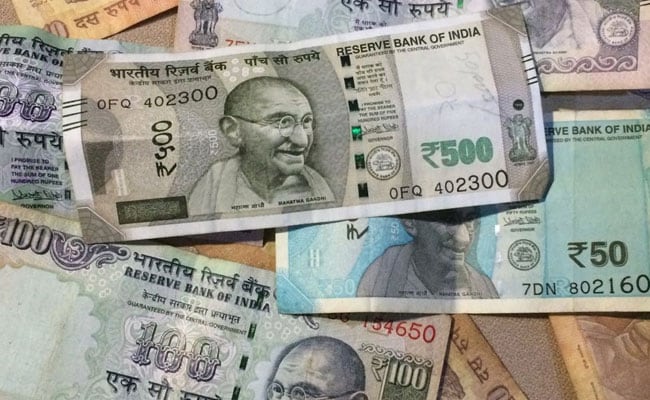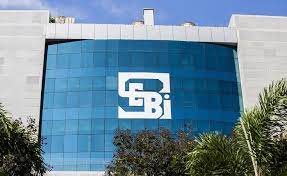Semiconductor Chips are being lately referred to as “the oil of the 21st Century”. As per Pat Gelsinger, the CEO of Intel, these semiconductor chips will play a central role in international politics in the upcoming decades because of their scarcity. These chips are part of most electronics, ranging from smartphones to cars to washing machines.
Then, it can be asked that “why isn’t every country producing it?” The answer to this is both a simple and a complicated one. The simple version is that making chips is incredibly difficult and it’s getting tougher. The more complicated answer is that it takes years to build semiconductor fabrication facilities and billions of dollars and even then the economics are so brutal that you can lose out if your expertise is even a fraction behind the competition. And this is the reason that only a few companies have been able to do it successfully. In fact, major tech firms like Qualcomm, Apple, Nvidia, Sony, and AMD use the same company for manufacturing their chips. This company is TMSC. This Taiwanese company dominates the global production of semiconductor chips with a 54% market share. This means that companies such as AMD, Nvidia, Apple, and others only design their chips - which in turn get manufactured by TSMC.
To understand this a little better, chip manufacturing can be considered a completely separate mini-industry in itself. In Chip manufacturing, the chips are produced by factories that are often referred to as “Foundries”, Chip Designing Industry involves everything related to forming chip designs, and in Assembly and Testing, chips get Assembled, packaged, and tested by an OSAT firm (often known as Outsourced semiconductor assembly and testing). Many firms do each of these steps exclusively only.
Taiwan has monopolized the production part - which is the hardest part of the whole process and that is because it not only requires investing the highest capital but also requires cracking the toughest technology. And it’s not just about producing the chips, it's about producing the most advanced chips. In fact, TSMC and Samsung are the only companies capable of producing the most advanced chips in the world right now. In fact, TSMC is the exclusive supplier of one of the most advanced chips used by Apple in its products.
There are other countries dominating other areas in this semiconductor ecosystem. For example - The U.S.A holds a dominant share in chip design and electronic software tools, ASML Holding, a company based out of the Netherlands, holds a monopoly on the supply of machines required for chip production and Japan is a key supplier of essential chemical and circular silicon wafers used in producing chips. All these countries have had a few things in common for the last few years - a top-notch infrastructure, high capital investment, and a vision supported by high risk-taking abilities.
Covid-19 brought a lot of problems, one of them being a mismatch in demand and supply, which made this chip shortage a global problem. Every country has now understood the importance of these chips, it's clear that every country is going for a slice of the pie in this multi-billion dollar Industry. Even India attempted to take some steps for this technology at the right time. Back in 1984, the Indian government started Semiconductor Complex Ltd. (now known as SCL) but an unfortunate accident in the plant and several years of red tape, lack of infrastructure, and visionary leadership led to India missing the bus.
But, there is a silver lining here, as India seems to have done a decent job in chip designing, as most global semiconductor design companies have design centers in India - Intel, Broadcom, AMD, and MediaTek to name a few. Also, this Indian design talent makes up to 20 % of the world's semiconductor design engineers, as per – the Ministry of Electronics and Information Technology. So in attempts to be "Atmanirbhar" and become self-reliant on at least some of the mini industries in this whole semiconductor ecosystem, the government is taking certain steps such as the Incentive scheme, called the Production Linked Incentive Scheme. In short, the government is trying to provide incentives in the form of - capital investment, training of human resources, and infrastructure support for the companies. But this inventive model is used by other countries.
To discuss some current progress, some talks are going on with Taiwan right now along with a couple of agreements among Ventures and Consortiums (involving partnerships between foreign and Indian companies). But what’s to be seen is if the execution by the government and promises by foreign parties actually sync up. What I mean by this is that one of these JVs, a venture between Foxconn - Vedanta, is planning to set up a production plant in India but there were recently some roadblocks in their plans because of some nonagreement over what type of government incentives would be provided for the plant. Foxconn is technically an expert assembler of mobile phones and does not really possess high-end semiconductor manufacturing tech or experience. With this recent nonagreement, It seems that a plant by another such consortium will be the first Indian Fab. This one is between an Indian fund i.e. Next Orbit Ventures Fund and Tower Semiconductors, which is an Israeli semiconductor chip manufacturing company. Also, recently a Tamil Nadu-based semiconductor manufacturing company Polymatech has agreed to invest $1 billion to start its chipset manufacturing and packaging facility in Tamil Nadu. However, this progress and process will require patience. And finally, a handful of homegrown semiconductor design companies such as Terminus Circuits, Saankhya Labs, and Steradian Semiconductors are finally being recognized. So what’s to be seen is how Indian companies and the Indian Semiconductor ecosystem as a whole grows in this future.







 OpinionExpress.In
OpinionExpress.In















Comments (0)